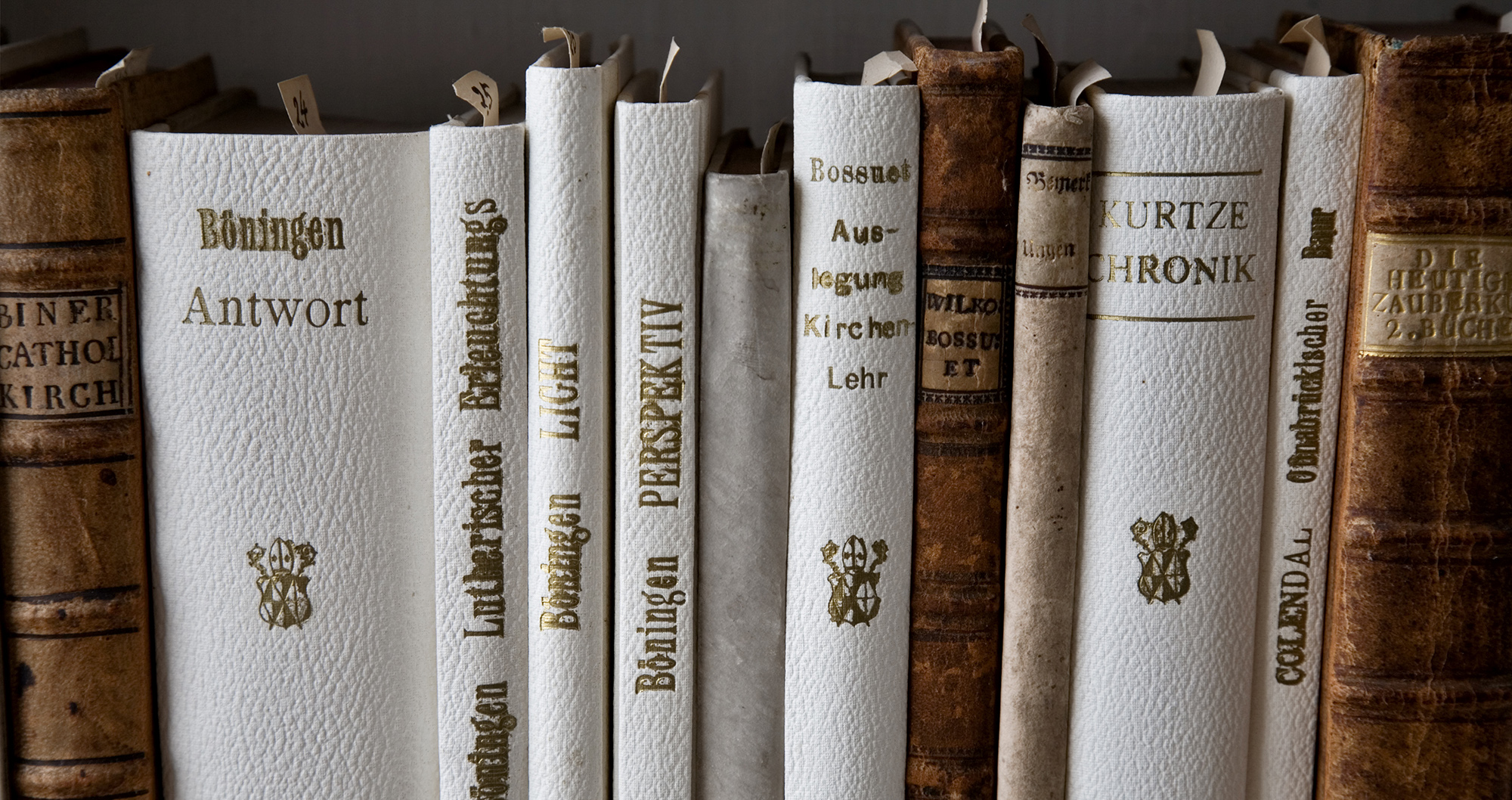Visual History Archive Informs Scholarly Books and Articles in 2016

Over the course of 2016, testimony from USC Shoah Foundation’s Visual History Archive contributed to a wide array of published texts, from studies about the methodology of the Institute’s interviewing and cataloguing, to wholly other subjects that pulled from the VHA to back a defined thesis.
Stephen Smith, executive director of USC Shoah Foundation, discusses the Institute’s approach to collecting testimony in a book chapter called “On the Ethics of Technology and Testimony” from Probing the Ethics of Holocaust Culture. Smith writes about how the ethical dimension of digital technologies is to be found in the way in which they preserve memory in perpetuity through data integrity and facilitate global access and understanding. He also talks about USC Shoah Foundation’s expanded mission.
Todd Presner’s article “The Ethic of the Algorithm: Close and Distant Listening to the Shoah Foundation Visual History Archive,” also in Probing the Ethics of Holocaust Culture, looks at how the VHA and “forms of computation – specifically databases, data structures, algorithms and information visualizations – function as specific modes of historical emplotment that raise significant ethical questions.”
Written by Raz Segal, assistant Professor of Holocaust and Genocide Studies at Stockton University, Genocide in the Carpathians: War, Social Breakdown, and Mass Violence, 1914-1945 is about the multiethnic and multireligious borderland in the heat of Europe. Segal used various interviews from the Visual History Archive to illustrate how the Holocaust wasn’t only a German drive for continent-wide genocide, but an international campaign of mass murder.
Nicole Ephgrave published an article titled “On Women’s Bodies: Experiences of Dehumanization during the Holocaust,” in the Journal of Women’s History. She discusses women’s unique experiences during the Holocaust: how women’s experiences, both biological and social, are often denied or suppressed in research and literature on the Holocaust, even in survivors’ own testimonies, despite the fact that these are often clearly gendered experiences.
Noah Shenker’s article “Through the lens of the Shoah: the Holocaust as a paradigm for documenting genocide testimonies” in the book History and Memory: Studies in Representation of the Past examine several features of USC Shoah Foundation’s testimony methodology and considers the implications for its collaboration with the Documentation Center of Cambodia to record testimonies of Cambodian Genocide survivors.
In Andree Michaelis’s article “Bridging the Gap Between Subjectivity and Historical Generalization in Shoah Video Testimonies: The Work of Interpretation And Two German Case Studies” in Archeological Papers of the American Anthropological Association, Michaelis close reads two German-language testimonies from the Visual History Archive in order to assess the challenges of bringing together perspectives of the witness and his or her listeners.
The entanglements and complications of Jewish and Romani accounts of Nazi genocide are explored in Ari Joskowicz’s article in History and Memory, “Separate Suffering, Shared Archives: Jewish and Romani Histories of Nazi Persecution.” Joskowicz examines USC Shoah Foundation testimonies as part of his study of the consequences of Romani Holocaust survivors’ accounts being filtered through the lens of Jewish survivors or stored in Jewish Holocaust archives. The study of such relations - when one minority controls a significant portion of public memories of another are rare.
USC Shoah Foundation educator in Hungary Andrea Peto published a chapter in the book Holocaust in Hungary 70 Years After titled “Digitalized Memories of the Holocaust in Hungary in the Visual History Archive.” She highlights the complexities of memorialization using the VHA as a case study, focusing on the testimonies of Hungarian survivors, examining how they are agents of commemoration in their own stories.
Susan Pollock and Reinhard Bernbeck also referred to USC Shoah Foundation in their article “The Limits of Experience: Suffering, Nazi Forced Labor Camps, and Archeology” in the Archeological Papers of the American Anthropological Association, and Anton Leuski wrote about New Dimensions in Testimony in “How to Talk to a Hologram,” part of the book Proceedings of the 11th International Conference on Intelligent User Interfaces, IUI 2016.
Like this article? Get our e-newsletter.
Be the first to learn about new articles and personal stories like the one you've just read.